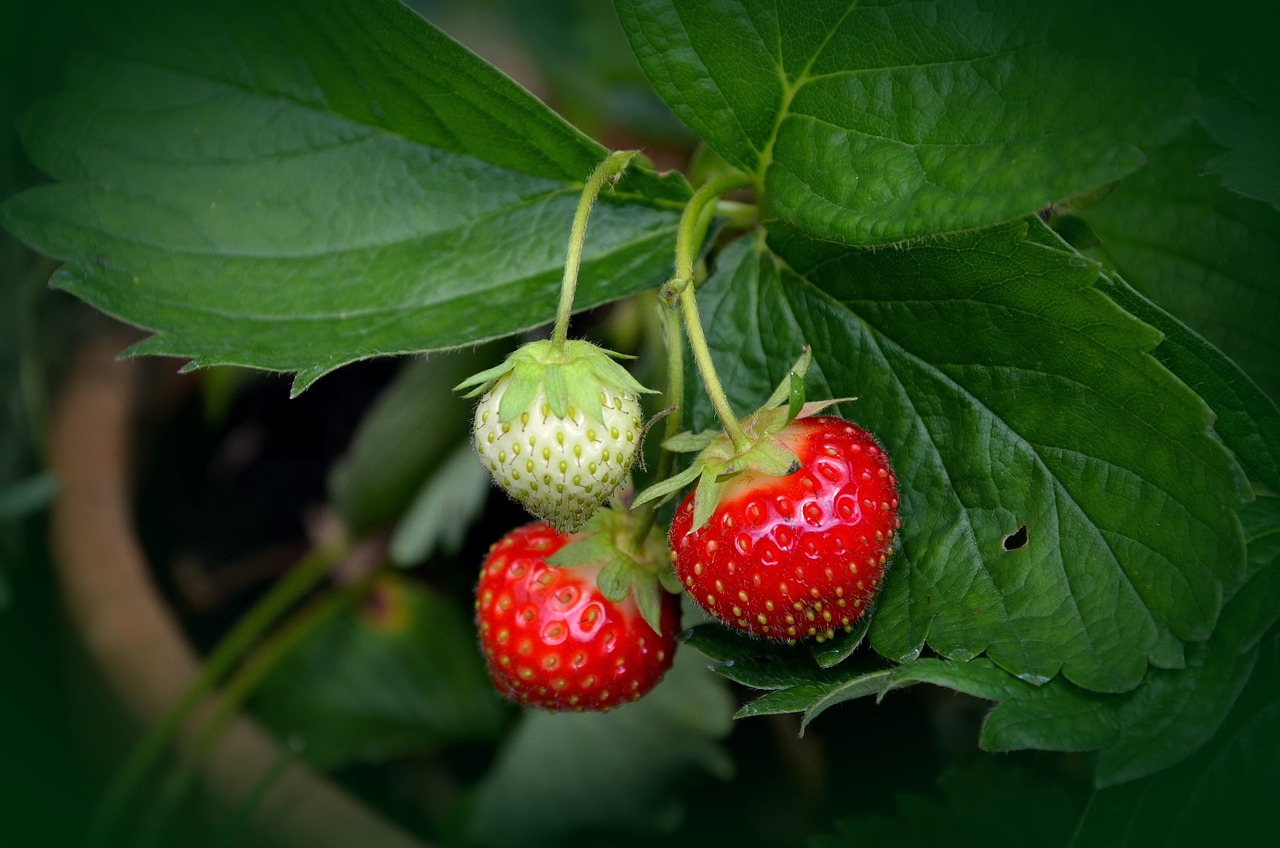
The allure of a flourishing garden bursts with vibrant colors and tantalizing flavors. Visions of juicy tomatoes and plump strawberries dance in your head, and you dream of harvesting them side-by-side. But the question remains: Can I grow strawberries next to tomatoes? In this comprehensive guide, we’ll explore the intricacies of co-growing these two crops, delving into the benefits, challenges, and best practices to create a harmonious garden.
Challenges of Co-Growing Strawberries and Tomatoes
The Case for Cohabitation: Sharing Sunshine and Resources
At first glance, the idea of strawberries and tomatoes sharing a plot seems harmonious. Both bask in the warm embrace of the sun, requiring similar well-draining soil and moderate watering needs. Strawberries, with their low-growing nature, could even benefit from the dappled shade cast by taller tomato plants. Additionally, some claim that interplanting attracts beneficial insects, creating a mini-ecosystem that fends off harmful pests.
The Looming Threat: Fungal Foes and Resource Rivalry
However, beneath this seemingly idyllic picture lurk potential pitfalls. Both tomatoes and strawberries are susceptible to fungal diseases like Verticillium wilt and Anthracnose. Growing them in close proximity increases the risk of these diseases spreading like wildfire, potentially devastating your harvest. Furthermore, tomatoes, being heavy feeders, might compete with strawberries for vital nutrients and water, hindering their growth and fruit production.
Weighing the Options: A Matter of Management and Timing
So, should you abandon the strawberry-tomato dream altogether? Not necessarily! But proceed with caution and consider these strategies:
1. Embrace Spatial Separation: If possible, plant your tomatoes and strawberries in separate beds with ample space between them. This reduces the risk of disease transmission and competition for resources.
2. Timing is Key: Consider planting the two crops at different times. For example, start your tomatoes early indoors and transplant them later in the season, while sowing your strawberries directly outdoors after the danger of frost has passed. This minimizes their shared window of vulnerability to diseases.
3. Intercropping with Caution: If determined to intercrop, choose disease-resistant tomato varieties and maintain meticulous sanitation practices. Regularly remove fallen leaves and debris to prevent fungal spores from spreading.
4. Companion Planting with Care: While interplanting tomatoes and strawberries might not be ideal, consider incorporating beneficial companions in each bed. For tomatoes, choose herbs like basil or marigolds that deter pests. For strawberries, opt for garlic or chives, which repel harmful insects and promote healthy growth.
5. Observe and Adapt: Monitor your plants closely. If you notice signs of disease or stunted growth, act swiftly. Remove infected plants and adjust your planting strategy for future seasons.
Alternative Growing Methods
- Intercropping: Plant strawberries and tomatoes in alternating rows or in a checkerboard pattern to minimize shade issues.
- Raised beds: Grow strawberries and tomatoes in separate raised beds to optimize soil conditions and minimize disease transmission.
- Container gardening: Grow strawberries and tomatoes in separate containers to control soil conditions and minimize disease transmission.
Ultimately, the decision to grow strawberries and tomatoes together rests on your risk tolerance and garden management skills. While they might not be the most compatible companions, careful planning, timing, and attentive care can create a flourishing garden with both these delicious crops.
